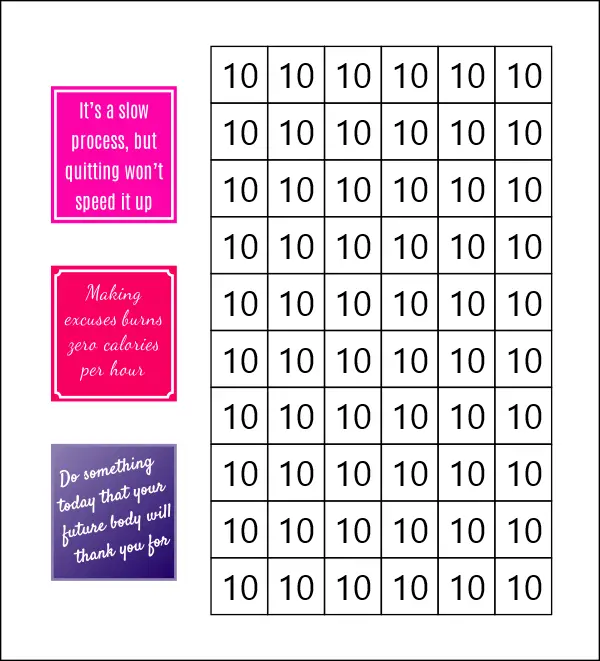If you’re not keen on exercise or have a busy schedule, then a good option is to walk for fitness and health. It’s easy to add more walking into your daily life, for example by:
- choosing to walk instead of drive for short journeys
- parking a few minutes walk from where you’re going
- getting off your train or bus a stop early
Alternatively, you can take time out to do some walking, maybe by taking a walk break at lunchtime or going for a walk in your free time. There are health benefits to walking at any speed, but a fast pace will be a more effective cardio workout. Regular walking, like any exercise, has many health and fitness benefits.
Walk for fitness and health – the benefits

- Helps with weight loss/weight control
- Makes your heart stronger
- Improves circulation
- Reduces stress and anxiety
- Strengthens muscles, ligaments and tendons
- Improves flexibility
- Improves balance and coordination
- Increases bone mineral density (meaning reduced risk of osteoporosis)
- Increases joint mobility
Do you get all the benefits with a treadmill?
Most of the benefits apply if you’re using a treadmill and there are a few advantages. Walking outdoors also has its advantages though.
Advantages of the treadmill
On a treadmill, it’s easier to set yourself targets and track your progress, because the speed and incline are controllable and the distance is easily measurable. Another advantage is that you don’t need to bother mapping a route out.
Advantages of walking outside
On the other hand, the predictable conditions of the treadmill make it less of an all-over body challenge because you don’t have to cope with uneven surfaces and changes in direction. These factors will work your muscles in different ways and are better for training balance, coordination and the core abdominal muscles. Even different weather conditions can change how you work slightly. For example if it’s wet the surface will be more slippery and if you’re walking into the wind you’ll have to work harder. You also get the mental health benefits of being outdoors. Although all exercise can help with stress, anxiety and depression, outdoor exercise is more beneficial.
Buying a treadmill for home use
Now that folding treadmills are widely available, having a home treadmill doesn’t mean you need a dedicated workout space. You can fold your treadmill up and store it out of the way between workouts. If you’re thinking of buying a home treadmill, here are some points you should consider:
- Are you likely to run on it? If so, you should avoid very lightweight models. Also, a cushioned running/walking deck will help to absorb impact.
- Dimensions: there’s a slight variation in dimensions between models. If you’re tall, you might prefer a longer walking/running deck to allow for a longer stride. Obviously, the treadmill needs to fit in your chosen storage place when it is folded away.
- What sort of a console do you want? Is it important to you to have a multi-feature console with a choice of preset programs, or will you be happy with something simple that just lets you set speed and incline? Extra functions add to the cost of the treadmill, so think about whether you really need them.
- What is the incline range? Some treadmills only have a limited incline range. Models that offer up to 12% give you more options to vary your workouts and to challenge yourself more as your fitness improves.
- Maximum speed – if you run fast, or plan to do sprint intervals, you should bear the maximum speed in mind. For walking, or average speed running, any treadmill will be fine.
Get started with walking for fitness
You don’t need much to get started: comfortable shoes and clothes, a water bottle and a walking plan. Even if you’re just going to increase how much walking you do in your everyday life, it’s better to plan this out. If you have a clear plan of what you’re going to do, you’ll be more likely to do it – especially if you write it down and keep a log of your walking.
Walk for fitness printable

The recommendations for physical activity, based on research by the American College of Sports Medicine, are that we should do 150 minutes of moderate physical activity (like walking) per week. So 600 minutes a month is a good goal to aim for. The printable divides this up into 10 minute blocks, which you can colour in or mark off as you do them. You can download a copy of the printable by entering your e-mail below.
After you sign up, you’ll get 2 e-mails, one will have a link to your printable download and the other will be a welcome e-mail.
If the e-mails haven’t turned up within a few minutes, please check your junk folder, as some service providers have very strict filters.

